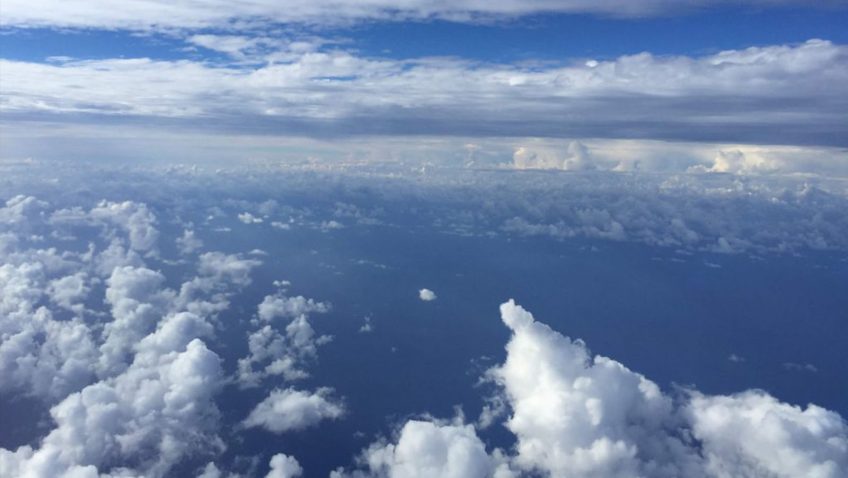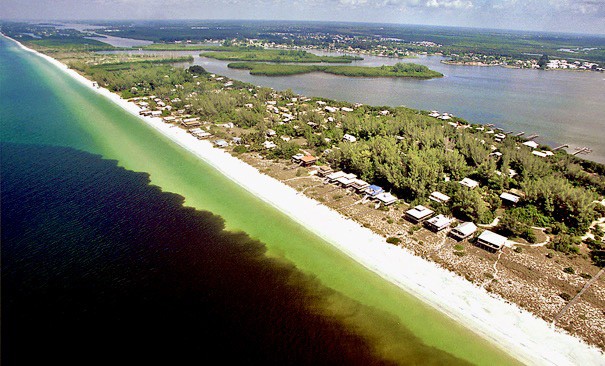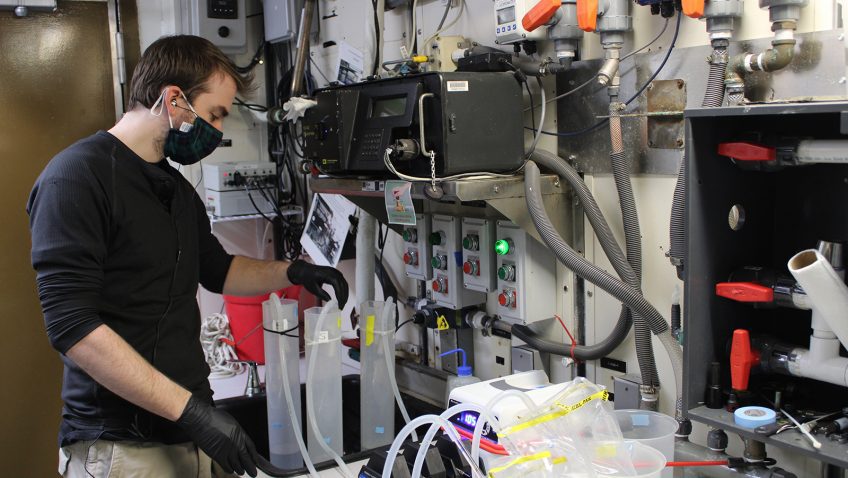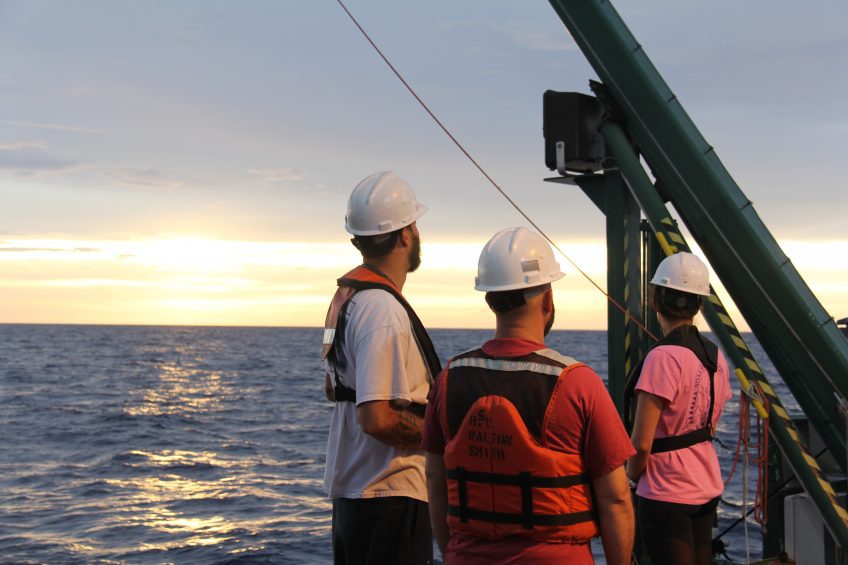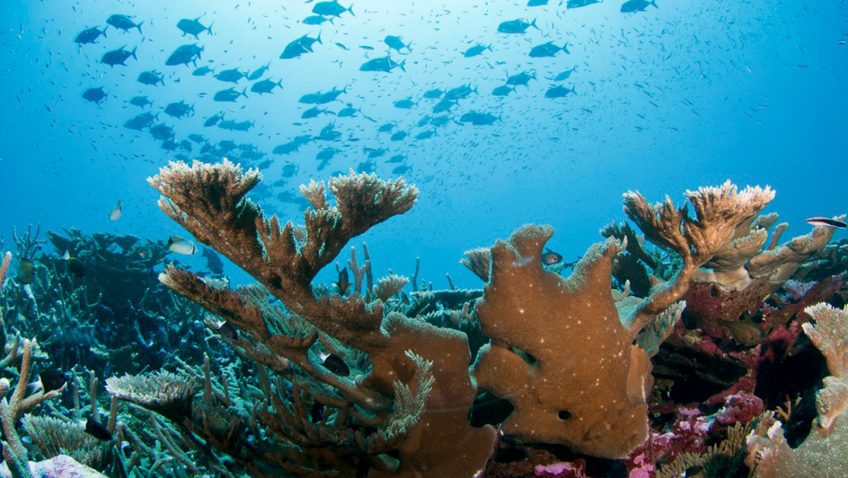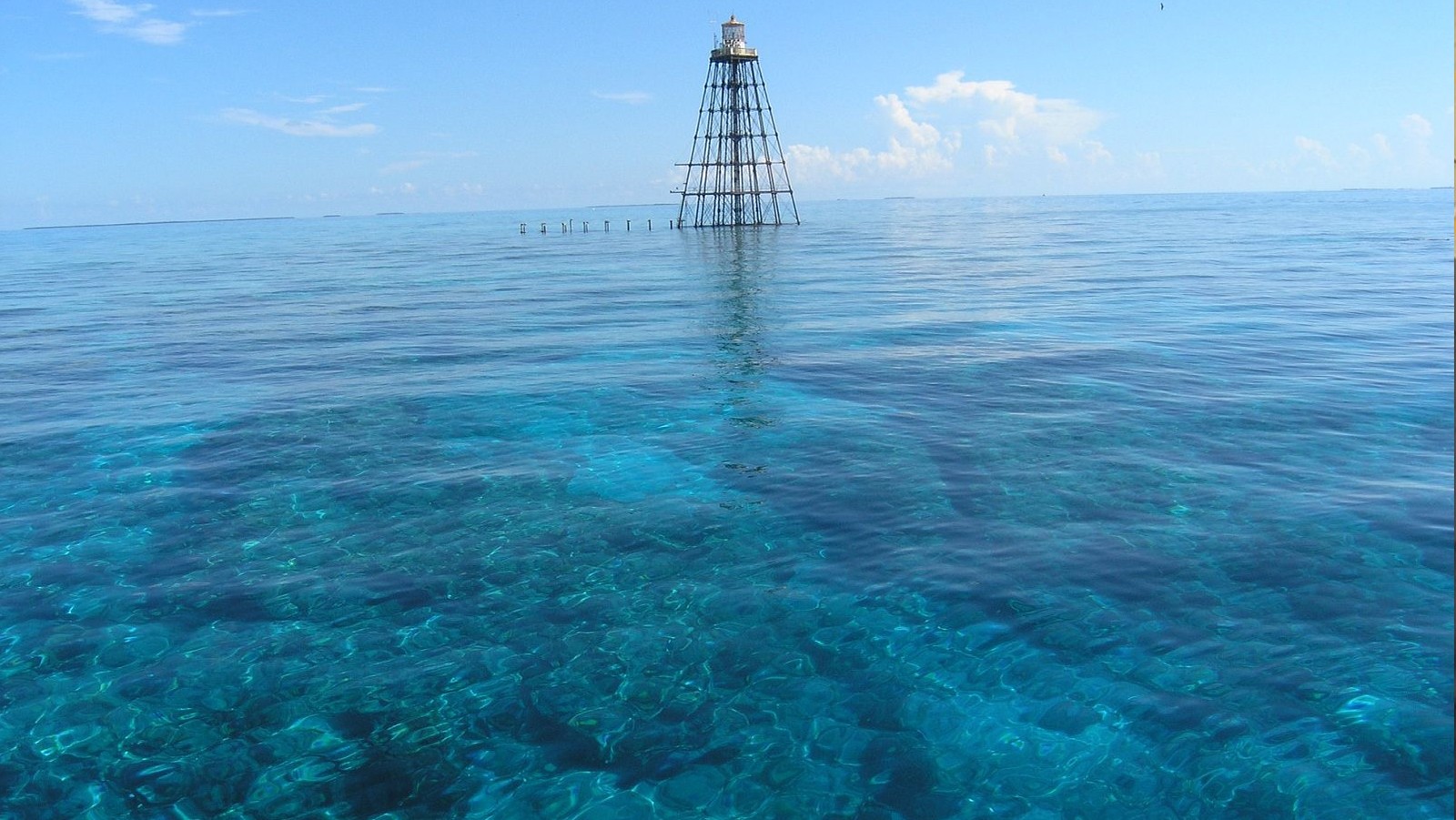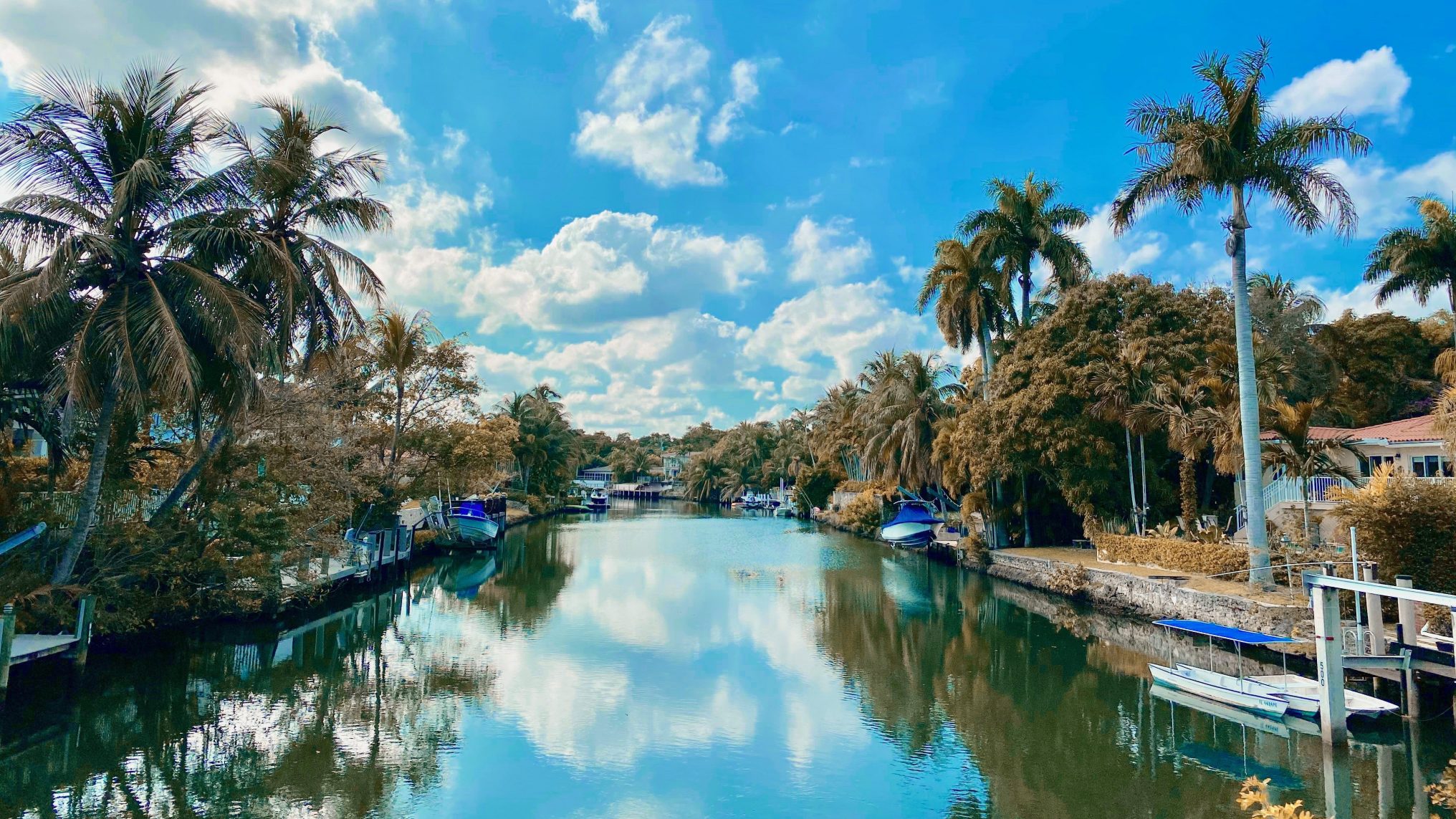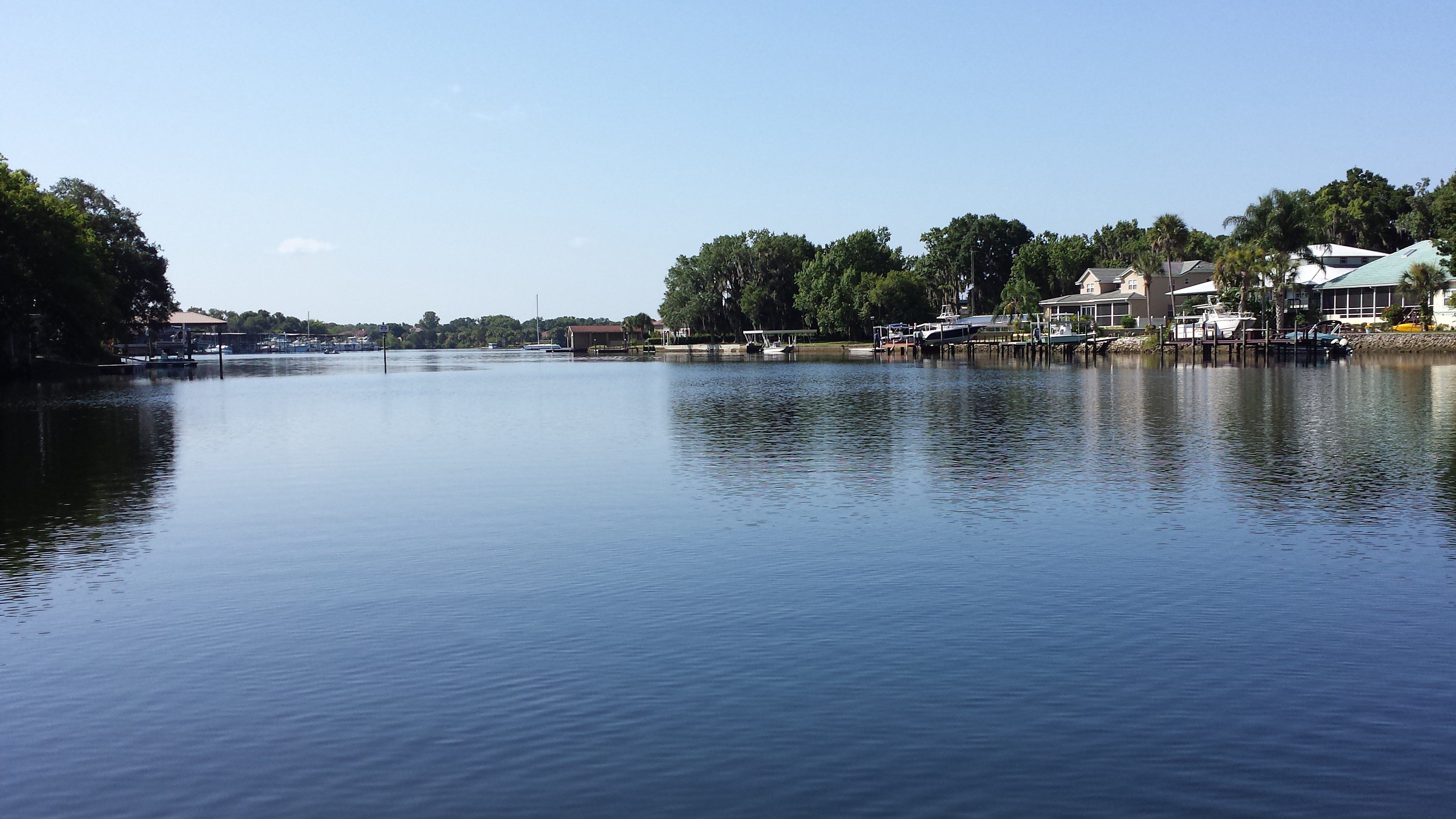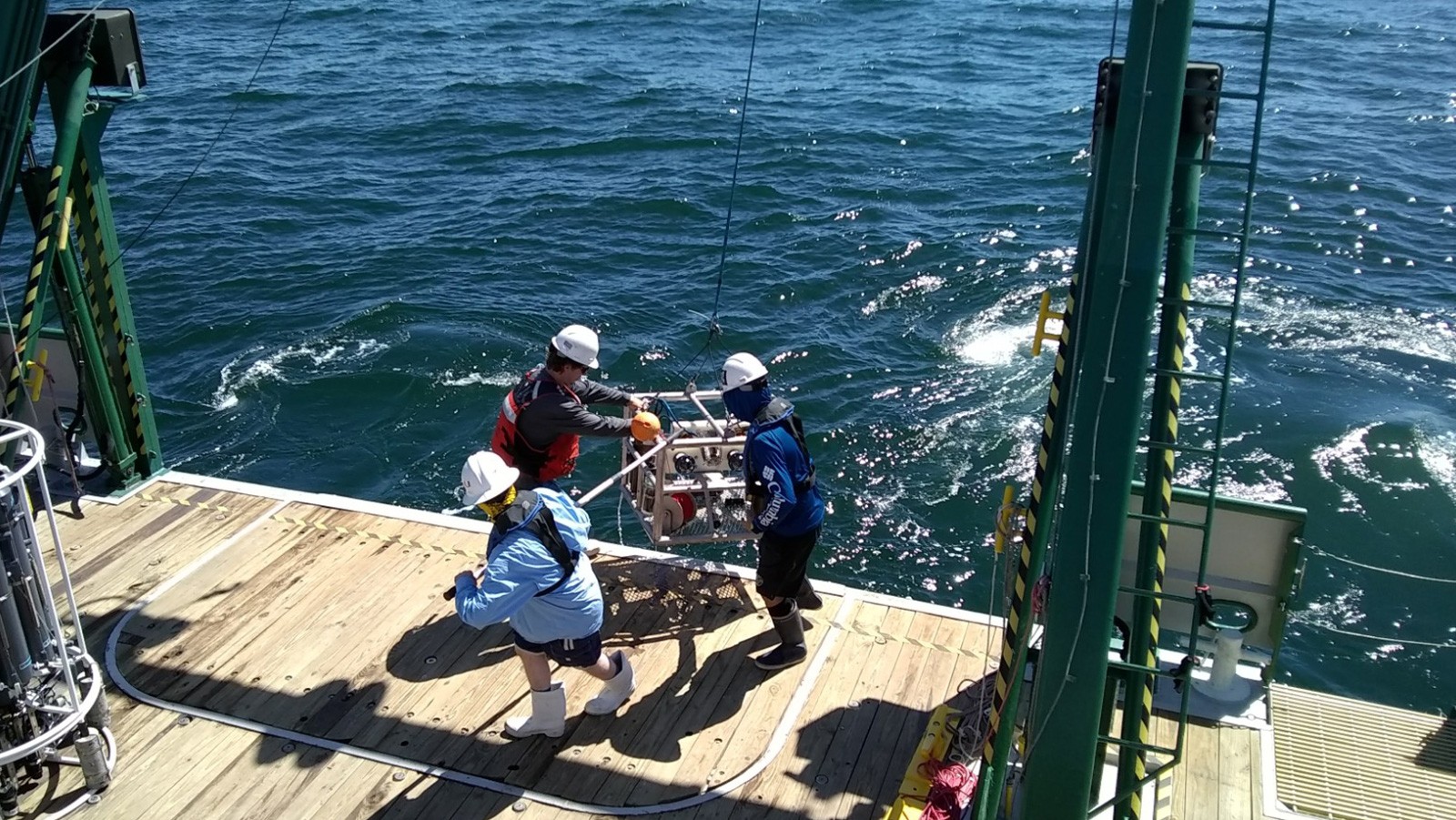Congratulations to the Winners of 2022 Department of Commerce Awards!
Congratulations to all of the 2022 Department of Commerce Bronze Award and NOAA Administrator’s Award winners! AOML is proud to recognize the achievements of our outstanding scientists and staff for their vital contributions to increasing the efficiency and effectiveness of NOAA. From creative problem solving in the face of unforeseen challenges to developing innovative tools […]
